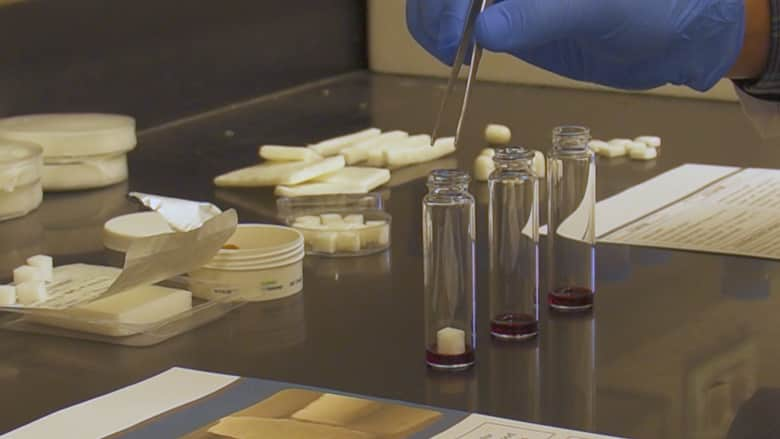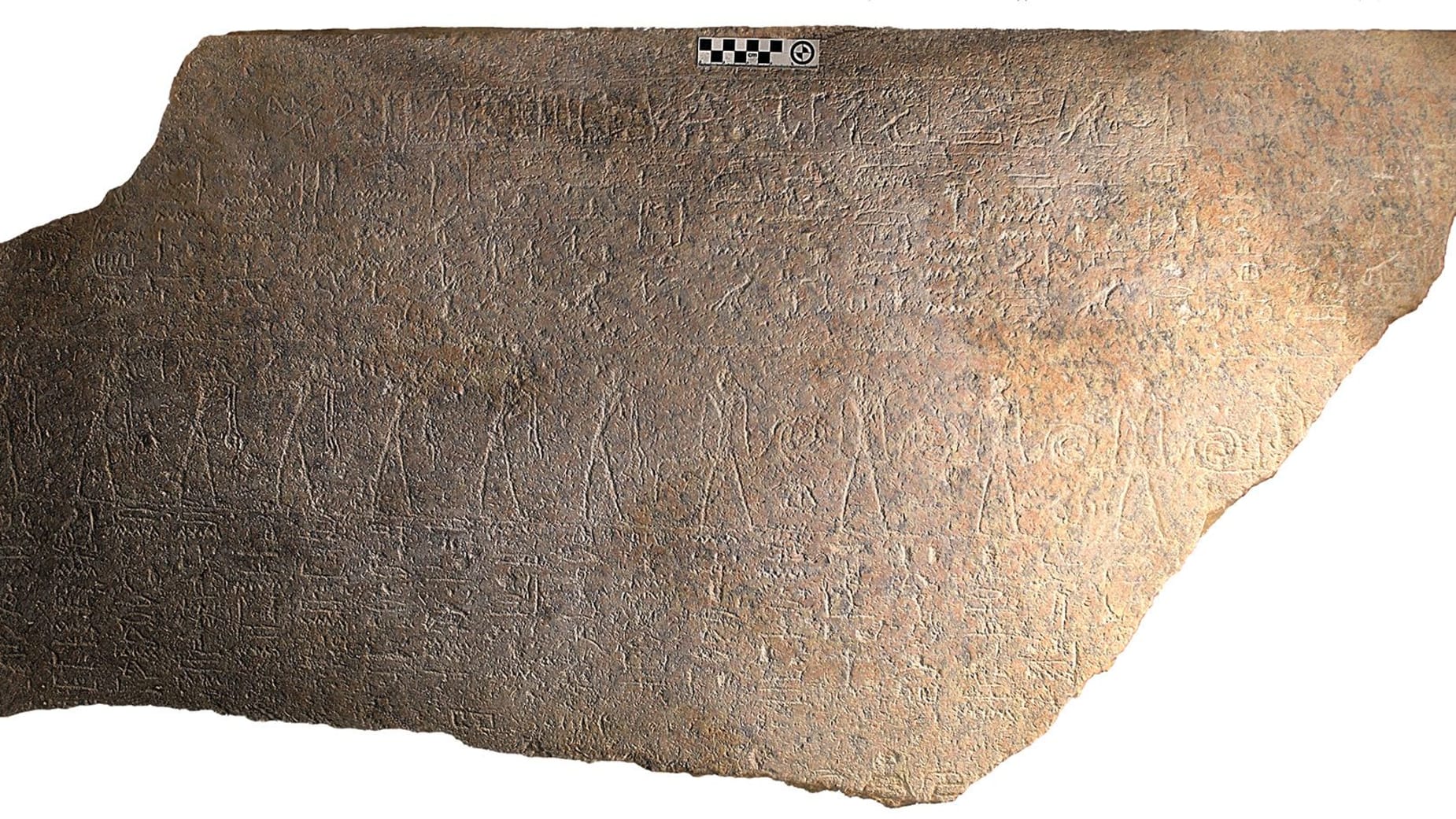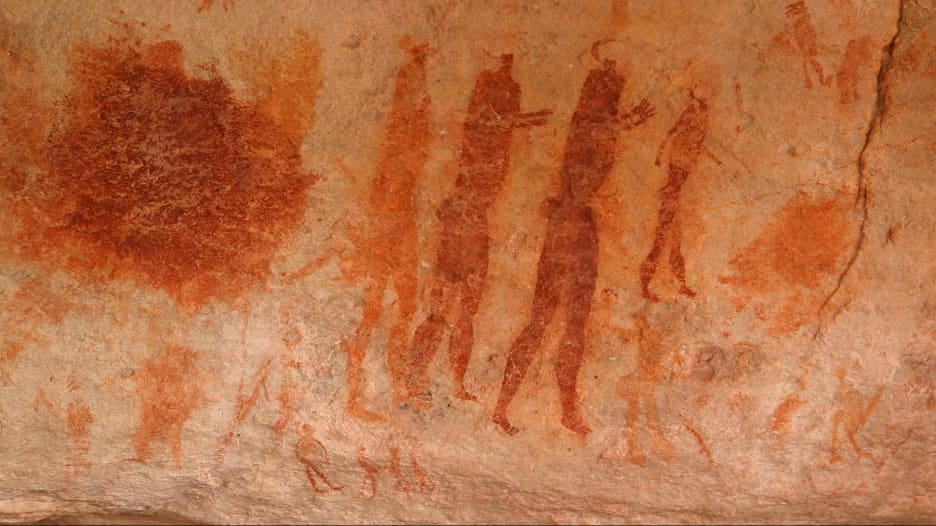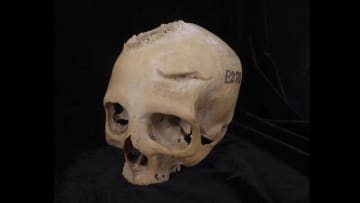دبي، الإمارات العربية المتحدة (CNN)-- كشف تابوت وُجد في عام 2009 بغرفة دفن مصرية عن تاريخ معقد، إذ أظهرت كتابات قديمة على الحاوية الحجرية أنّها استُخدِمت مرتين.
ورغم أن شاغله الثاني وهو رئيس الكهنة من الأسرة الـ21، "Menkheperrê" كان معروفًا، إلا أنّ المالك الأول بقيت هويته لغزًا.
وتغير ذلك الآن، نتيجة إعادة فحص الأستاذ المشارك في علم المصريات بجامعة السوربون بباريس، فريدريك بايرودو، جزء من التابوت الجرانيتي، وفكه للرموز الهيروغليفية المنقوشة عليه.
وعثر بايرودو على اسم شخصيةٍ معروفة للغاية، وهو رمسيس الثاني، في "خرطوش"، وهي نوع من الزخارف البيضاوية الشكل، وغالبًا ما يُعثر عليها في المقابر.
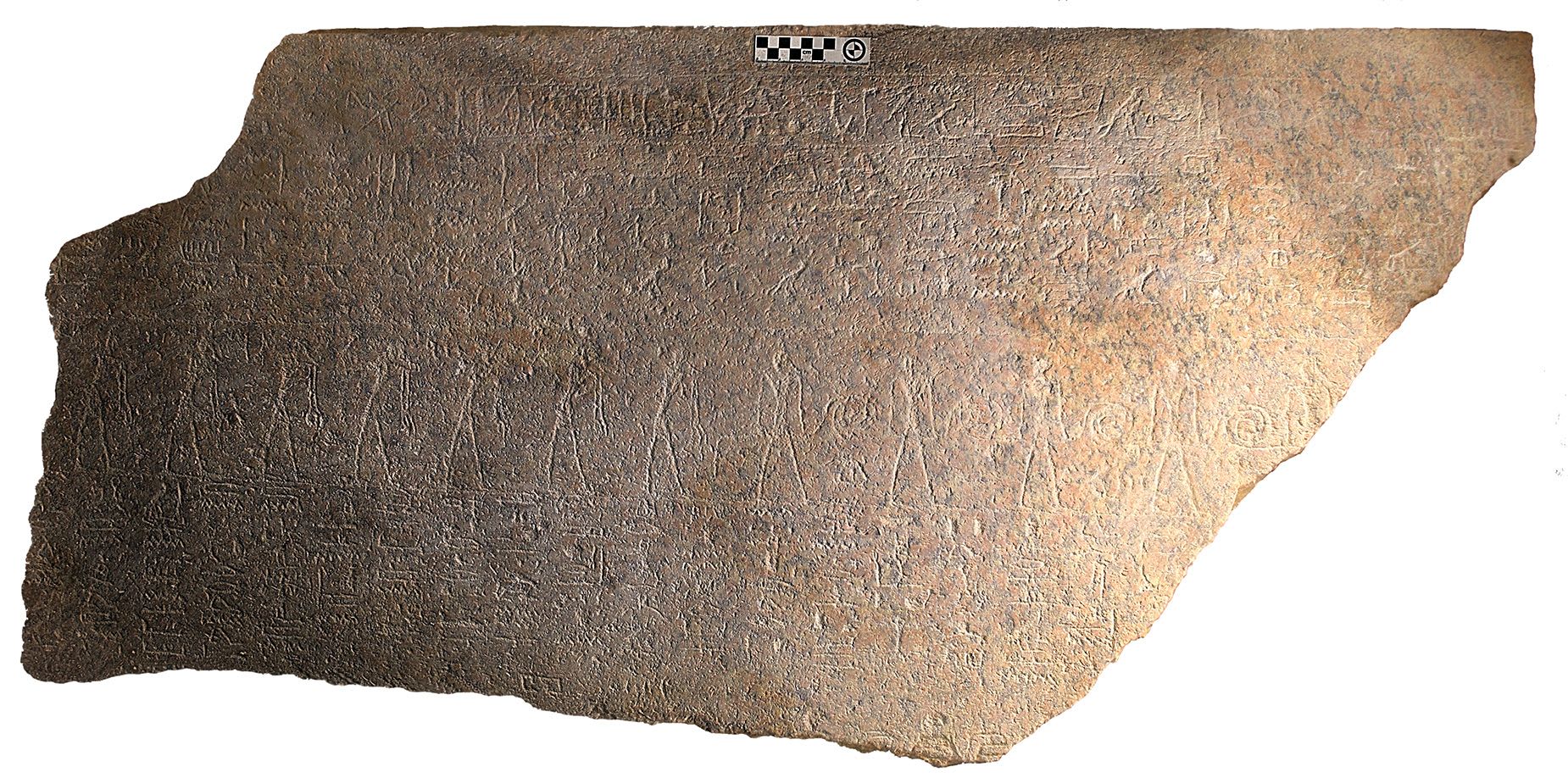
وأفاد الخبير أنّ النقش دليل على كون القطعة الأثرية من قبر الفرعون الشهير في الأصل، وتمت إعادة استخدامها بعد النهب.
وقال بايرودو: "من الواضح أنّ هذا كان تابوتًا لملك"، موضحًا: "يعود تاريخ الخرطوش إلى أول استخدام له، ويحتوي على اسم عرش رمسيس الثاني، أوسرماترا. وكان (رمسيس الثاني) الفرعون الوحيد الذي استخدم هذا الاسم في تلك الفترة، ما أزال أي شك بأنّ التابوت بعود إليه".
وتضيف النتائج، المنشورة في مجلة "Revue d'Égyptologie"، إلى إرث رمسيس الثاني، المعروف أيضًا باسم "أوزيماندياس"، وهو من أشهر الفراعنة في مصر.
كما أنّها تسد فجوةً في فهمنا لكيفية استخدام التوابيت لدفن الملوك.
تابوت يليق بملك

كان رمسيس الثاني ثالث ملوك الأسرة الـ19، وكان حكمه، من 1279 إلى 1213 قبل الميلاد، ثاني أطول فترة حكم في تاريخ مصر.
وكان الفرعون معروفًا بحملاته العسكرية الناجحة، واهتمامه بالهندسة المعمارية، ما دفعه إلى تجسيد نفسه بمعالم وتماثيل.
واكتُشِف تابوت آخر ينتمي إلى رمسيس الثاني في عام 1881 بالقرب من الأقصر، ولكن عُثِر على قطعة التابوت التي تم تحليلها في الدراسة في أبيدوس، وهي مدينة تبعد حوالي 64 كيلومترًا إلى الشمال الغربي بخطٍ مستقيم.
وأكّد بايرودو: "هذا أقل غرابة ممّا يبدو"، مضيفًا: "نعلم أنّ قبره قد نُهِب في العصور القديمة، ربما بعد قرنين من وفاته، وهو بالتأكيد ليس الملك الوحيد الذي تعرّض للنهب".
وسابقًا، كان يُعتقد أنّ القطعة الجرانيتية، التي تُعد جزءًا كاملاً تقريبًا من الجانب الأطول من التابوت، تنتمي لأمير.
ولكن وجد بايرودو ذلك غريبًا خاصة أنّ "الزخرفة على هذه القطعة المصنوعة بعناية كانت مؤشرًا على وجود ملك، وكانت تشمل عناصر مخصصة للملوك تقليديًا".
وذكر بايرودو أن هناك دليل آخر يشير إلى الأصل الحقيقي للقطعة.
وتمتع مالكها الثاني، الكاهن الأكبر "Menkheperrê"، بأخ غير شقيق أكبر كان فرعونًا، وهو بسوسنس الأول. وأعاد الأخير أيضًا استخدام تابوت من وادي الملوك.
وكان التابوت ملكًا لابن رمسيس الثاني وخليفته، مرنبتاح.
الحماية من النهب
وأشار بايرودو أنه بعد تأكيد أنّ هذه القطعة جزء من العناصر الجنائزية الخاصة لرمسيس الثاني بالفعل، استُنتِج أنّ الملك كان مدفونًا في ثلاثة توابيت متداخلة.
ومن المحتمل أنّ التابوت الأول كان مصنوعًا من الذهب، تمامًا مثل تابوت توت عنخ آمون، ولكنه فُقد خلال عملية نهب قديمًا.
وعُثِر على آثار التابوت الثاني على شكل شظايا من المرمر أثناء أعمال الترميم التي أُجريت في مقبرة الفرعون خلال التسعينيات.
ويُحتَمَل أنّ التابوتين كانا داخل تابوت حجري أكبر شكّل مصدر قطع الجرانيت التي عثر بايرودو عليها.
وقال: "يُعلِمنا هذا أيضًا متى بدأ الفراعنة في استخدام أكثر من تابوت حجري واحد"، مضيفًا: "في زمن رمسيس الأول، نرى (تابوتًا) واحدًا فقط، لكن تمتع خليفة رمسيس الثاني بأربعة توابيت حجرية بالفعل لتوفير حماية أكبر من النهب، الذي أصبح منتشرًا على نطاقٍ واسع. وكان من الغريب الانتقال من (تابوت) واحد إلى أربعة بشكلٍ مباشر، والآن لدينا أمثلة لاستخدام اثنين إلى أربعة، وهو تطور منطقي بشكلٍ أكبر".
وأشار بايرودو إلى أنّ القطعة لا تزال تتواجد بمخزن في أبيدوس، لكنه أبلغ السلطات المصرية بشأن الاكتشاف، آملًا أن يتم نقلها إلى متحف.
